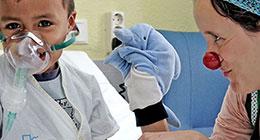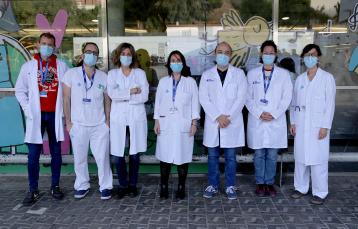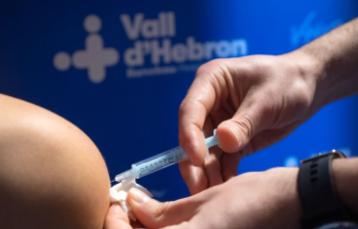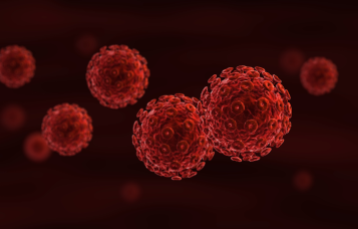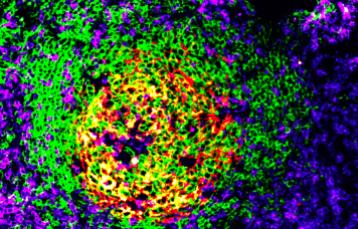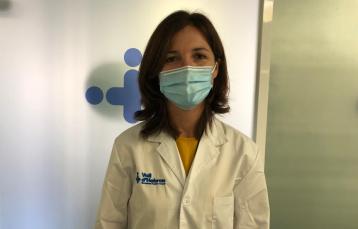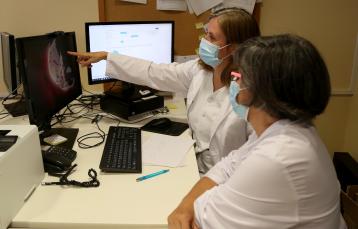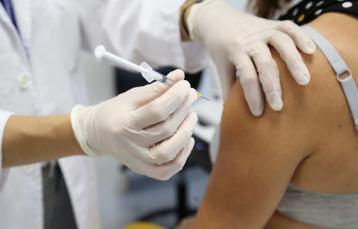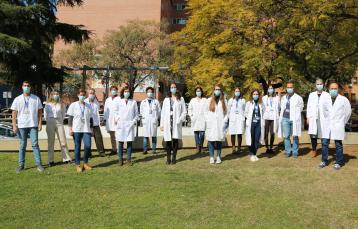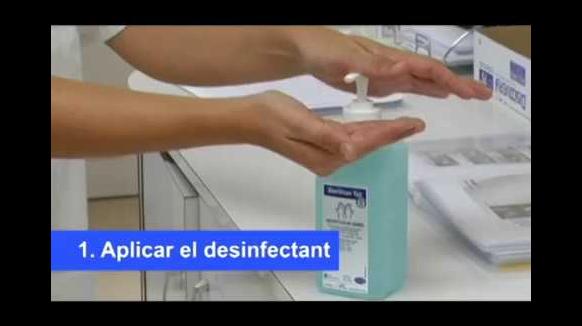A Vall d’Hebron study shows that 70% of residents and 56% of staff infected with SARS-CoV-2 in nursing homes are asymptomatic
Comparteix aquest contingut
Related professionals
Dra. Magda
Campins Martí
Campins Martí
Dra. Magda
Campins Martí
Campins Martí
Epidemiology and Public Health
Dr. Tomàs
Pumarola Suñé
Pumarola Suñé
Dr. Tomàs
Pumarola Suñé
Pumarola Suñé
Dr. Andrés
Antón Pagarolas
Antón Pagarolas
Dr. Andrés
Antón Pagarolas
Antón Pagarolas
Microbiology
Dra. Maria José
Abadías Medrano
Abadías Medrano
Dra. Maria José
Abadías Medrano
Abadías Medrano
Dr. Antonio
Roman Broto
Roman Broto
Dr. Antonio
Roman Broto
Roman Broto
Dr. Vicenç
Falcó Ferrer
Falcó Ferrer
Dr. Vicenç
Falcó Ferrer
Falcó Ferrer
Dr. Juan José
González López
González López
Dr. Juan José
González López
González López
Microbiology
Dr. Mateu
Espasa Soley
Espasa Soley
Dr. Mateu
Espasa Soley
Espasa Soley
Sra. Carmen
Ferrer Barbera
Ferrer Barbera
Sra. Carmen
Ferrer Barbera
Ferrer Barbera
Dr. Adrià
Curran Fàbregas
Curran Fàbregas
Dr. Adrià
Curran Fàbregas
Curran Fàbregas
Researcher
Dr. Israel
Molina Romero
Molina Romero
Dr. Israel
Molina Romero
Molina Romero
Lead Researcher
Dr. Pau
Bosch Nicolau
Bosch Nicolau
Dr. Pau
Bosch Nicolau
Bosch Nicolau
Dr. Adrián
Sánchez Montalvá
Sánchez Montalvá
Dr. Adrián
Sánchez Montalvá
Sánchez Montalvá
Researcher
Dr. Jorge Néstor
García Pérez
García Pérez
Dr. Jorge Néstor
García Pérez
García Pérez
Dra. Paula
Suanzes Díez
Suanzes Díez
Dra. Paula
Suanzes Díez
Suanzes Díez
Dr. Fernando
Salvador Vélez
Salvador Vélez
Dr. Fernando
Salvador Vélez
Salvador Vélez
Researcher
Sra. Desideria
Martinez Rascon
Martinez Rascon
Sra. Desideria
Martinez Rascon
Martinez Rascon
News and events









